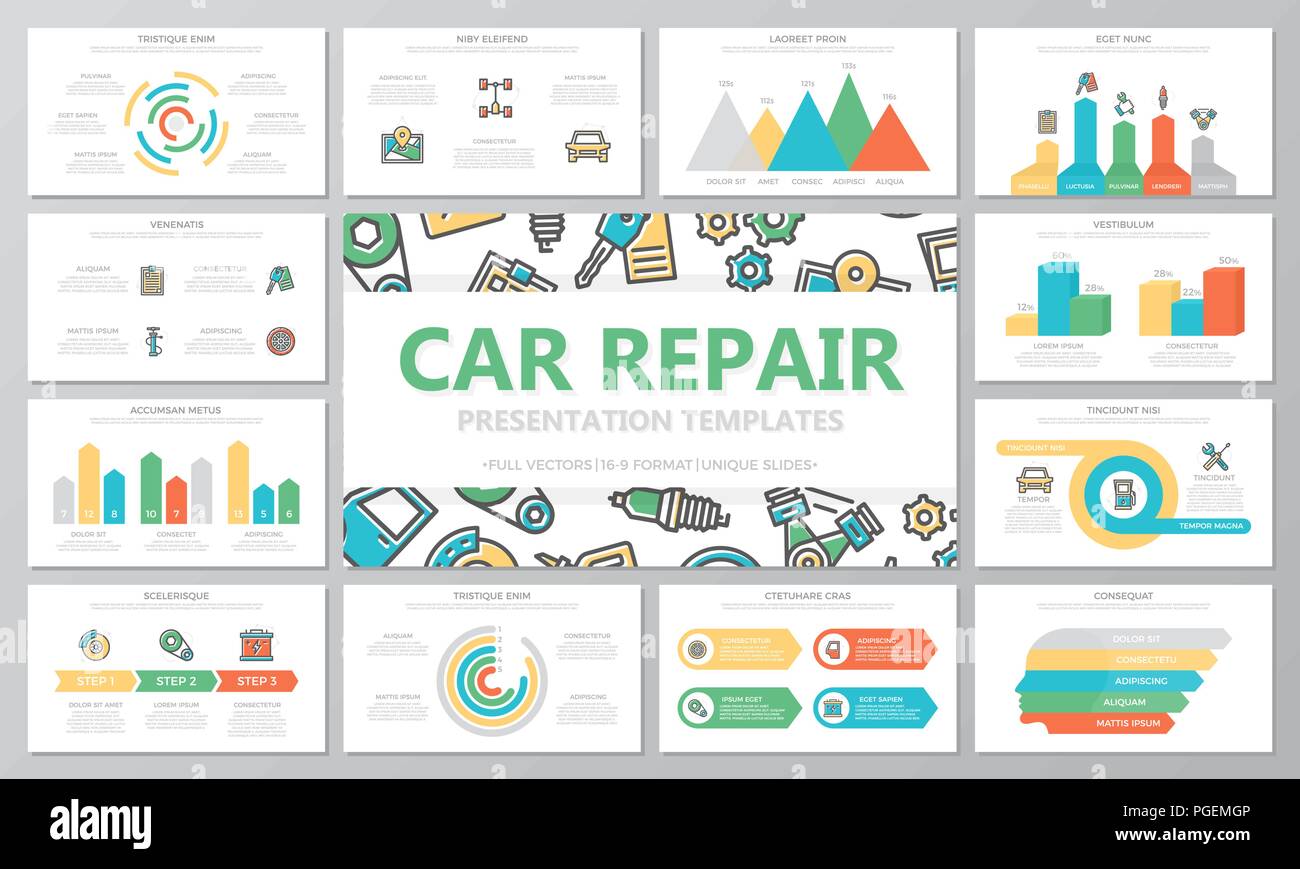Assessing Your Vehicle'S Warning Indicators: What They Actually Share
Assessing Your Vehicle'S Warning Indicators: What They Actually Share
Blog Article
Web Content Author-Samuelsen Gilbert
When you lag the wheel, those glowing caution lights on your control panel can be a little bit puzzling. Do you know what they're attempting to inform you about your vehicle's wellness? Comprehending the significance of these lights is crucial for your security and the long life of your car. So, aucklandcarwash following time one of those lights turns up, wouldn't you want to decipher its message precisely and take the required actions to address it?
Common Caution Lighting and Interpretations
Identify common warning lights in your automobile and understand their definitions to ensure secure driving.
One of the most common warning lights consist of the check engine light, which indicates issues with the engine or exhausts system. If this light begins, it's vital to have your vehicle examined promptly.
The oil pressure alerting light suggests low oil pressure, calling for immediate attention to stop engine damage.
car shampoo nz blinking battery light may recommend a damaged billing system, possibly leaving you stranded if not dealt with.
nzfloatdetailing tracking system (TPMS) light alerts you to low tire stress, impacting lorry stability and fuel performance. Overlooking this might lead to dangerous driving conditions.
The abdominal muscle light indicates an issue with the anti-lock stopping system, jeopardizing your capacity to stop quickly in emergency situations.
Finally, the coolant temperature warning light warns of engine overheating, which can cause severe damages if not fixed quickly.
Understanding these typical caution lights will certainly aid you resolve problems without delay and preserve secure driving conditions.
Importance of Prompt Focus
Comprehending the typical caution lights in your cars and truck is just the first step; the significance of quickly attending to these warnings can not be highlighted sufficient to ensure your safety and security on the road.
When https://titusrlfzt.sharebyblog.com/31992919/the-convenience-of-mobile-automobile-outlining-changes-your-vehicle-s-appearance-yet-is-it-as-reliable-as-conventional-approaches-discover-the-reality-behind-this-solution brightens on your control panel, it's your cars and truck's means of connecting a possible concern that needs focus. Ignoring these cautions can lead to more serious issues in the future, endangering your safety and possibly costing you a lot more out of commission.
Trigger attention to cautioning lights can prevent failures and mishaps. For instance, a blinking check engine light can show a misfire that, if left unattended, could trigger damage to the catalytic converter. Resolving this promptly can conserve you from a costly repair.
Likewise, a brake system warning light may signify reduced brake liquid or worn brake pads, essential parts for your safety when driving.
DIY Troubleshooting Tips
If you see a warning light on your control panel, there are a couple of DIY fixing suggestions you can attempt prior to seeking specialist aid.
The very first step is to consult your cars and truck's handbook to comprehend what the particular warning light suggests. Occasionally the problem can be as easy as a loose gas cap activating the check engine light. Tightening up the gas cap may fix the issue.
An additional usual concern is a low battery, which can cause various warning lights. Examining the battery links for rust and ensuring they're protected may deal with the issue.
If a warning light continues, you can try resetting it by separating the car's battery for a few mins and then reconnecting it. In addition, examining your vehicle's liquid degrees, such as oil, coolant, and brake fluid, can aid troubleshoot cautioning lights related to these systems.
Verdict
In conclusion, recognizing your vehicle's caution lights is important for keeping your car running smoothly and securely. By promptly attending to these signals and recognizing what they suggest, you can stay clear of costly fixings and potential breakdowns.
Bear in mind to consult your automobile's manual for certain details on each alerting light and take action as necessary to guarantee a trouble-free driving experience.
Stay notified, remain risk-free when traveling!
